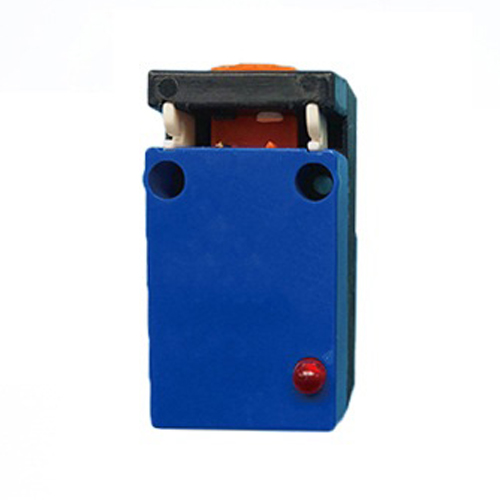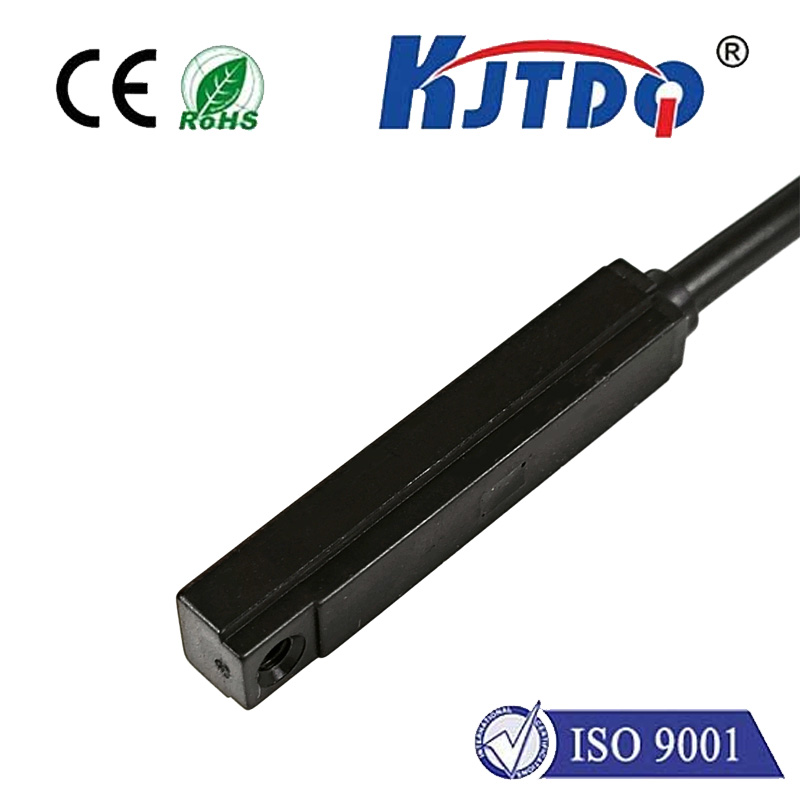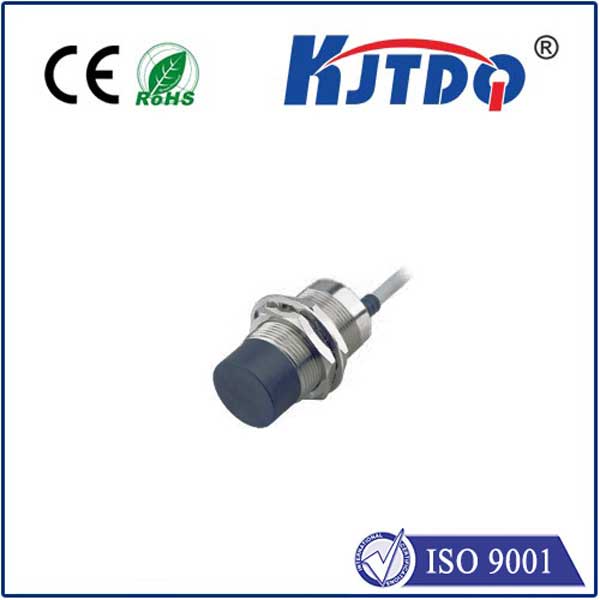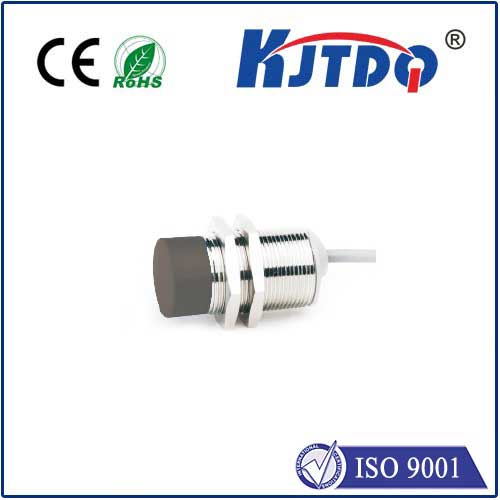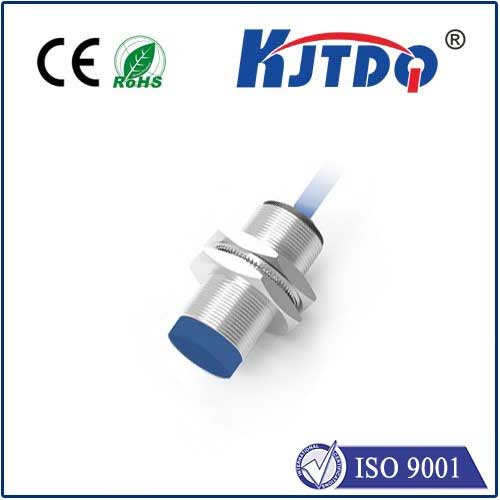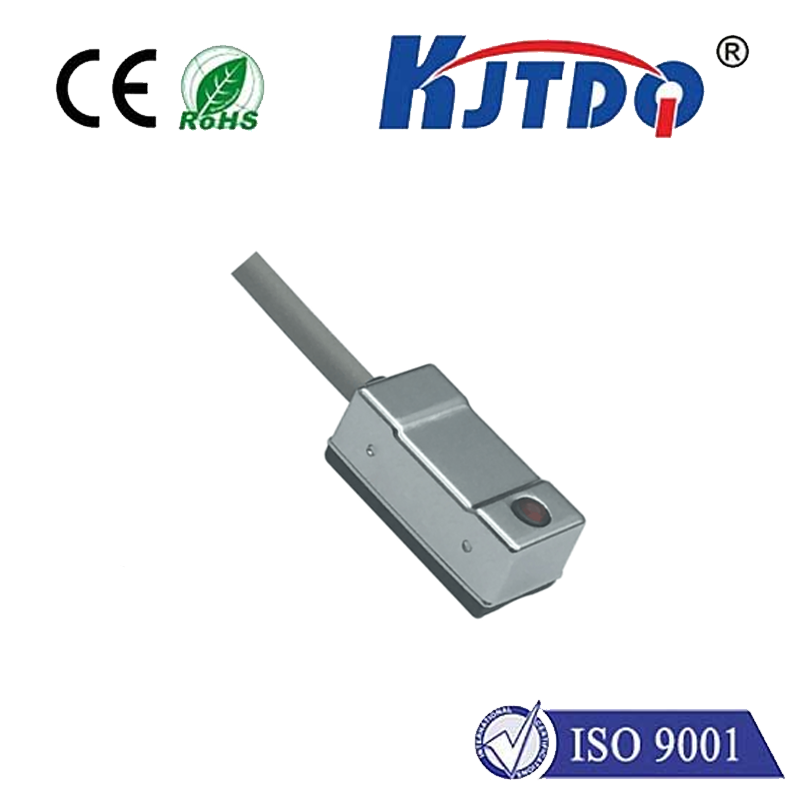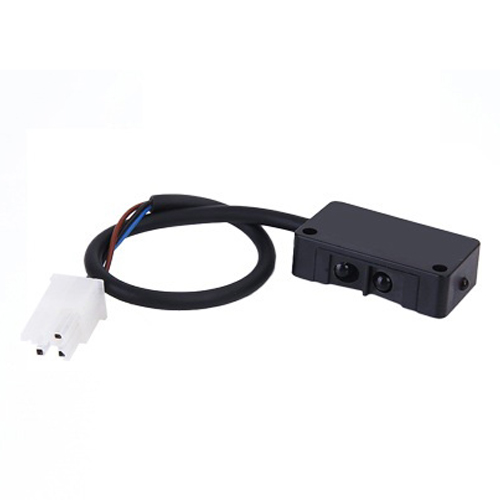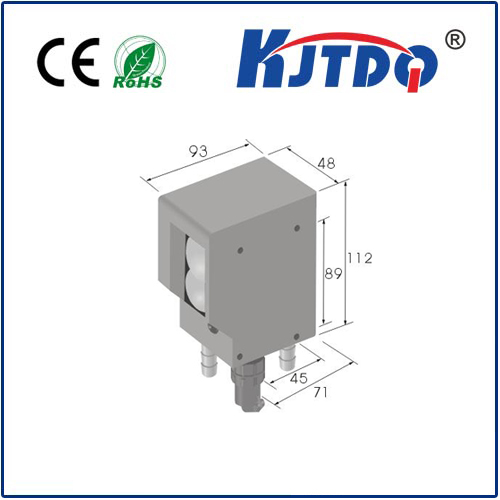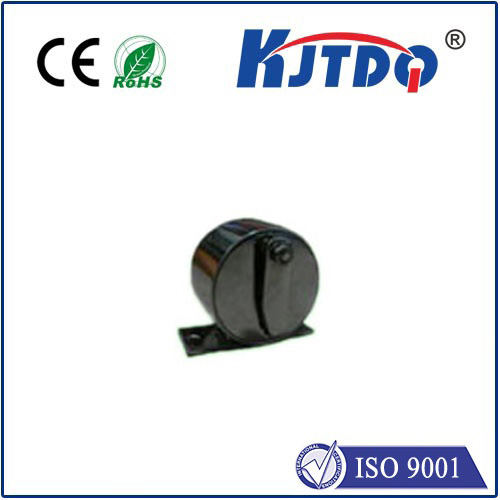wide beam photoelectric sensor
- time:2025-07-23 13:30:25
- Click:0
Unleashing Efficiency: How Wide Beam Photoelectric Sensors Solve Tough Detection Challenges
Imagine a bustling bottling plant. Glossy, curved bottles whiz down a high-speed conveyor. Standard sensors struggle, missing containers with inconsistent shapes or slightly off-centre positions, causing frustrating stoppages. Suddenly, a line equipped with a different technology flows seamlessly. The unsung hero? The wide beam photoelectric sensor. Engineered with a broad light beam, this robust device tackles real-world industrial complexities where others falter, ensuring smooth, reliable operation even in demanding environments.
Beyond Pinpoint Precision: The Core Advantage of a Wide Beam
Traditional photoelectric sensors often focus on a very narrow, concentrated beam of light – ideal for detecting small objects or achieving precise positioning. However, this precision becomes a limitation when dealing with common industrial realities: uneven surfaces, inconsistent object colours or reflectivity, minor object wobble or misalignment, dusty atmospheres, or simply the need to detect large or irregularly shaped items.
This is where wide beam photoelectric sensors shine. They project a significantly broader cone of light. Think of it as a floodlight compared to a laser pointer. This expansive coverage provides several critical advantages inherent to the wide beam design:

- Forgiving Alignment: Minor shifts in the sensor’s position, vibration, or slight conveyor misalignments are far less likely to cause false negatives (missing an object) or false positives (detecting something that isn’t there). The broad beam provides a generous margin for error in setup and ongoing operation.
- Handling Irregular Objects: Detecting objects with curves, irregular contours, holes, or variable heights becomes vastly easier. The wide beam essentially “paints” a larger area, increasing the likelihood that part of the beam will reflect back or be interrupted reliably, regardless of the object’s precise orientation.
- Robustness Against Surface Variations: Surfaces that are dark, shiny, matte, or textured can challenge narrow-beam sensors differently. A wide beam sensor’s larger detection area averages out these variations, offering more consistent performance across diverse materials and finishes.
- Improved Performance in Dirty Environments: Dust, fog, mist, or light smoke can partially obscure a narrow beam, causing intermittent failures. While not immune, a wide beam photoelectric sensor can often tolerate moderate levels of airborne particulates better because the beam’s larger cross-section means a partial obstruction is less likely to completely block the light path. The inherent robustness in challenging conditions is a key selling point.
- Large Area Detection: For applications requiring the presence detection of large pallets, crates, or vehicles within a zone, a single wide beam sensor is often sufficient, simplifying setup and reducing cost compared to multiple narrow-beam units.
How the Wide Beam Works: Core Principle
The fundamental operation of a wide beam photoelectric sensor aligns with standard photoelectric principles, differing primarily in beam dispersion:
- Emitter: An infrared or visible light LED projects light. In a wide beam sensor, the lens or inherent LED design diffuses this light into a broad cone.
- Receiver: Positioned either opposite (through-beam mode), beside (retro-reflective mode with reflector), or integrated in the same housing (diffuse reflective mode), it captures the emitted light.
- Detection Logic:
- Through-beam: Object interrupts the wide beam between emitter and receiver -> Detection.
- Retro-reflective: Object interrupts the wide beam traveling to and from a reflector -> Detection.
- Diffuse Reflective: Object reflects a portion of the wide beam back to the receiver -> Detection (sensing distance is generally shorter than through-beam).
The wide beam technology inherently provides the benefits discussed above, making these sensors exceptionally reliable for non-critical positioning and presence sensing tasks where object variation or environmental factors are present.
Where Wide Beam Sensors Dominate: Real-World Applications
The unique strengths of wide beam photoelectric sensors make them indispensable across numerous sectors:
- Material Handling & Logistics: Detecting large boxes, totes, pallets on conveyors (even if skewed), confirming presence within automated storage/retrieval systems (AS/RS), monitoring chute fill levels (bulk materials).
- Packaging & Bottling: Reliably detecting bottles/cans of various shapes, colours, and sizes on high-speed lines, verifying case presence on palletizers, sensing shrink-wrapped bundles. Its ability to handle glossy surfaces and irregular shapes is crucial here.
- Automotive Manufacturing: Detecting vehicle bodies on assembly lines, confirming the presence of large sub-assemblies, monitoring parts bins for replenishment, safeguarding automated guided vehicle (AGV) paths.
- Food & Beverage Processing: Sensing crates, sacks, or barrels on conveyors, checking fill levels of large vats or hoppers (often using diffuse mode), detecting oversized product clumps.
- Wood & Paper Products: Detecting large rolls of paper or lumber stacks, monitoring sheet feed into processing machines, counting large panels or boards. The robustness against sawdust is valuable.
- General Machinery: Safeguarding entry points to hazardous areas (large beam coverage), confirming the closed position of large doors or hatches, detecting oversized objects on sorting lines.
Choosing Wisely: When is Wide Beam the Right Tool?
While powerful, wide beam photoelectric sensors aren’t a universal solution. Consider these factors:
- Precision Required: If detecting very small objects or requiring exact edge detection or positioning (e.g., placing components on a PCB), a narrow-beam sensor is superior. Wide beams trade pinpoint precision for coverage and robustness.
- Very Long Sensing Ranges: Narrow beams can often achieve longer ranges than wide beams. Through-beam wide beams are the longest-range option within their category.
- Highly Reflective Backgrounds (Diffuse Mode): A wide diffuse sensor might detect a distant shiny background as an object. Careful mounting and background suppression features are essential.
Conclusion: The Essential Workhorse for Robust Industrial Sensing
In the complex, often messy world of industrial automation, the wide beam photoelectric sensor stands out as a workhorse solution. Its ability to overcome alignment tolerances, accommodate object inconsistencies, and maintain reliability in less-than-ideal conditions solves fundamental problems that plague narrow-beam sensors. When precision positioning isn’t the primary goal, but robust, forgiving, and reliable presence detection of larger or variable objects is paramount, choosing a wide beam photoelectric sensor is a strategic move towards achieving higher uptime, reduced maintenance headaches, and smoother production flow. It’s the technology that sees the big picture, quite literally.












